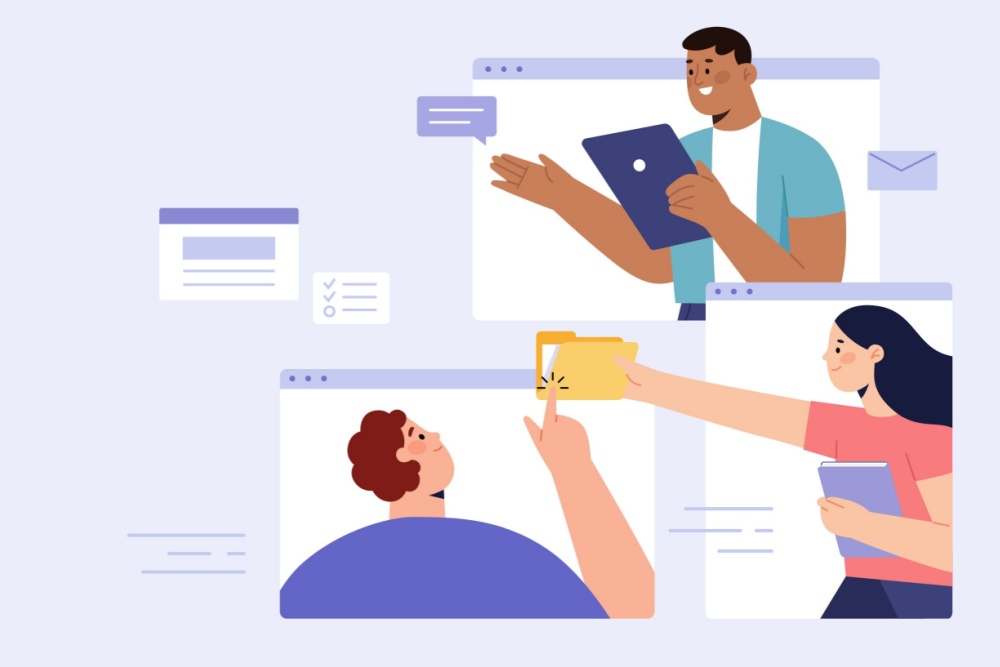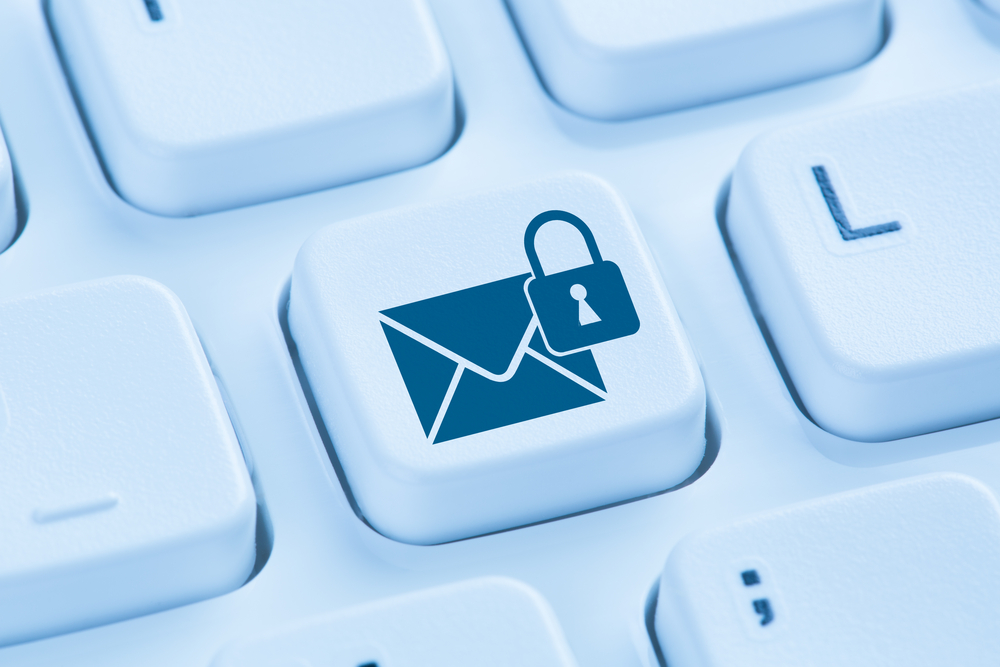The world’s population is expected to hit nearly 10 billion by 2050. (Just for reference, the world population right now is a little over 7 billion.) Sounds uncomfortably crowded, right? Maybe even a litte scary? With that rate of growth, not only can we imagine complaining about the daily annoyances of things like “all that horrible traffic” (although perhaps Elon Musk will have remedied that for us by then), but we really should be worried about far more important, life-sustaining things. Like the resources that keep us alive. Water. Clean air. Food.
A Solution?
Microsoft and some of their partners have a unique and possibly world-transformative goal when it comes to one of those resources: Using AI and IoT mechanisms, they seek to enable “data-driven” farming, allowing technology to assist farmers in increasing food production globally. This goal is already being realized through the FarmBeats program, which utilizes low-cost sensors in the soil, drones in the air and so-called “white space”– the previously unutilized slices of UHF and VHF radio frequencies found in abundance in rural areas, where bandwidth for Wi-Fi and mobile-phone coverage typically are not.
According to Satya Nadella, the CEO of Microsoft, their FarmBeats engineers have been developing (and already testing in the real world) a program known as “precision agriculture”. This technology uses data from sensors in the soil as well as the imagery drones can provide to allow farms to deliver only the resources (water, pesticides, fertilizer, etc.) that are actually needed by a particular crop at that point in time. By utilizing this technology, farmers can avoid the excessive use of these resources, both saving money and boosting output.
How It All Works
The farmer’s house is connected to the internet in the typical fashion. A special white-space base station sends a signal to a shed elsewhere on the farm, which has a regular TV aerial and runs Microsoft Azure IoT (Internet of Things) Edge. Sensors in the soil talk to the shed using TV transceivers. These sensors monitor such things as soil moisture, pH levels and ground temperature. A drone can be used in the air to provide the images necessary to explore growing conditions, crop health and pests. Software developed by Microsoft overlays the sensor data with the drone data, and then extrapolates a handful of sensor readings into predicted values for moisture, acidity and so on at any given point. All of this data is stored in the Microsoft Azure IoT Edge cloud (essentially a “local” cloud, just for the farm).
The base station itself is capable of forecasting weather and making accommodations to the system as a whole for things like wind patterns (which can effect the drone in terms of both maintenance and battery life) and cloudiness (as farmers are increasingly reliant on solar power, power may sometimes need to be drawn from other parts of the system). This combination of measurements and adjustments results in a complete solution for the farmer.
So a local solution for each farm, and perhaps an even bigger-picture solution to the future of the food we eat. And now we can go back to fretting about all that horrible traffic.





0 Comments